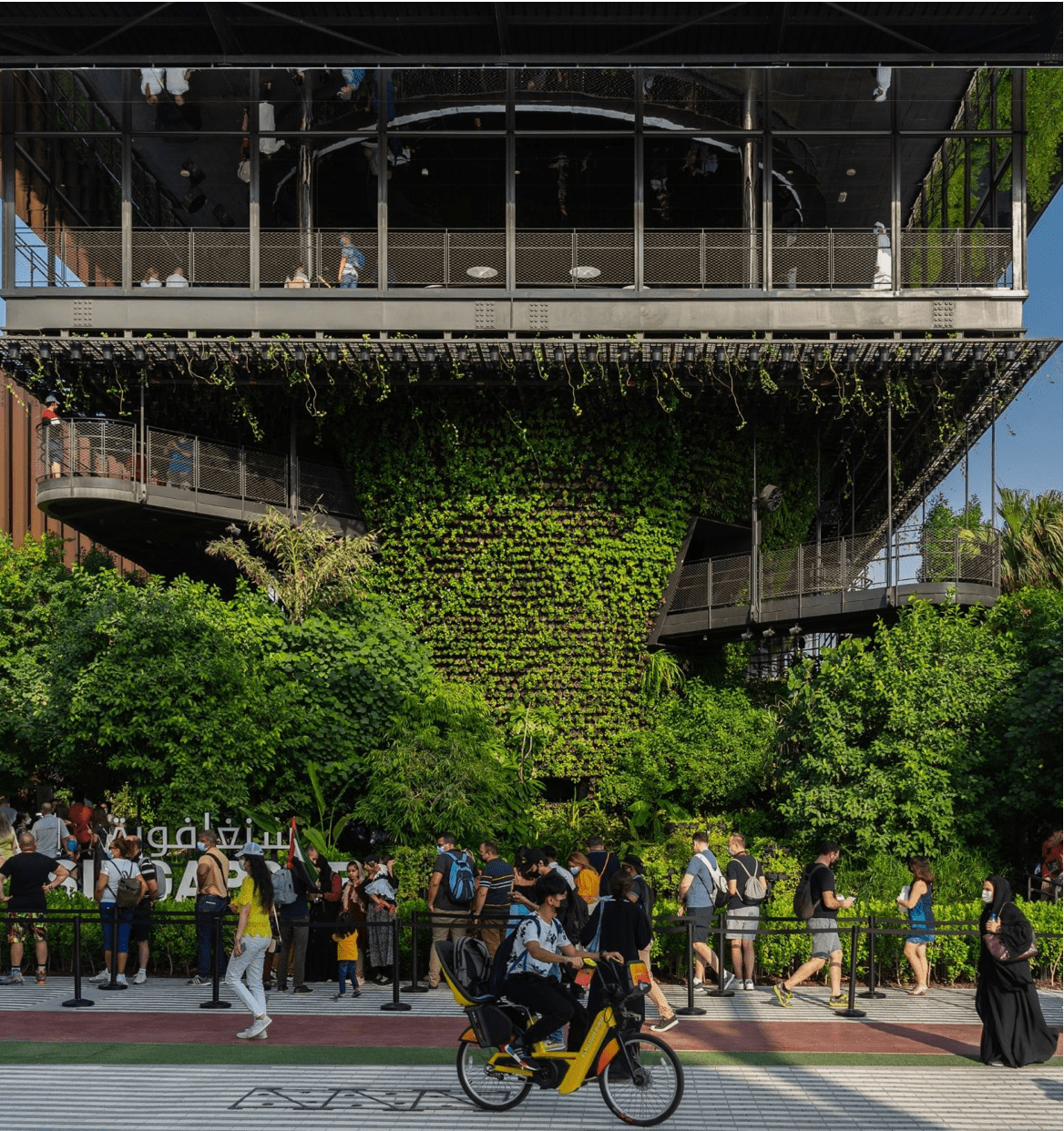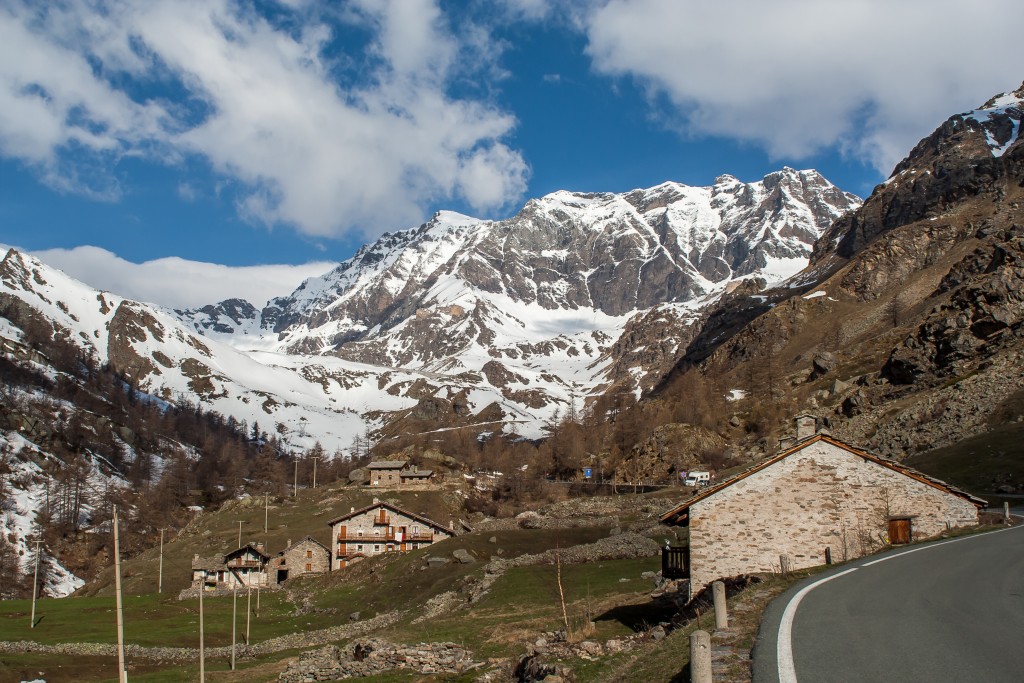Construction today spans far more than just buildings. It is a discipline that touches on how people live, how economies grow, and how communities evolve. From dense urban masterplans to essential infrastructure and community spaces, each sector comes with its own set of priorities and technical demands.
Each requires a different balance of planning, engineering, and management expertise, and success often depends on how well these disciplines are integrated. For a practical example, Stonehaven provides an overview of the sectors they engage with on their Sectors.
Urban & Living
Urbanisation continues to reshape cities across the Middle East. Mixed-use masterplans, hospitality destinations, and residential communities form a core part of the sector. These projects are not only about providing housing or commercial space, but also about creating sustainable environments that integrate lifestyle, leisure, and functionality.
Core Infrastructure
No economy can expand without strong foundations. Transport systems, utilities, and marine works are fundamental to connectivity. Infrastructure projects require long-term thinking, precise cost planning, and resilience against environmental and operational pressures. Their delivery directly influences trade, movement, and urban expansion.
Advanced Industries
Sectors such as technology, manufacturing, data centres, pharmaceuticals, and agritech are shaping the future of regional economies. Facilities in these areas must meet strict technical requirements and are often tied to innovation, digitalisation, and high-specification design. The rise of advanced industries shows how construction now operates at the intersection of technology and built space.
Social & Community
Beyond commerce and infrastructure, construction plays a role in strengthening social fabric. Schools, hospitals, cultural centres, and sporting venues are more than just physical spaces, they are environments that improve quality of life and foster connection. Their design and delivery reflect both community needs and national ambitions.
A Wider Perspective
What becomes clear is that construction is not a single industry, but a network of overlapping sectors that collectively shape societies. Each requires a different balance of planning, engineering, and management expertise, and success often depends on how well these disciplines are integrated.
In the Middle East, this diversity of sectors reflects broader regional ambitions. Large-scale infrastructure investments remain central to economic diversification strategies, while the rapid growth of technology-driven industries like data centres and agritech points to a future shaped by digitalisation and innovation. At the same time, social and community projects from schools, healthcare facilities, and cultural spaces, highlight the importance of inclusive growth and long-term resilience.
The interplay between these sectors is where the region’s construction industry finds its unique momentum. Urban living is supported by core infrastructure, advanced industries benefit from connectivity, and social projects ensure communities thrive alongside economic expansion. Together, they create a landscape where construction acts not only as a driver of growth but also as a bridge between ambition and everyday life.




